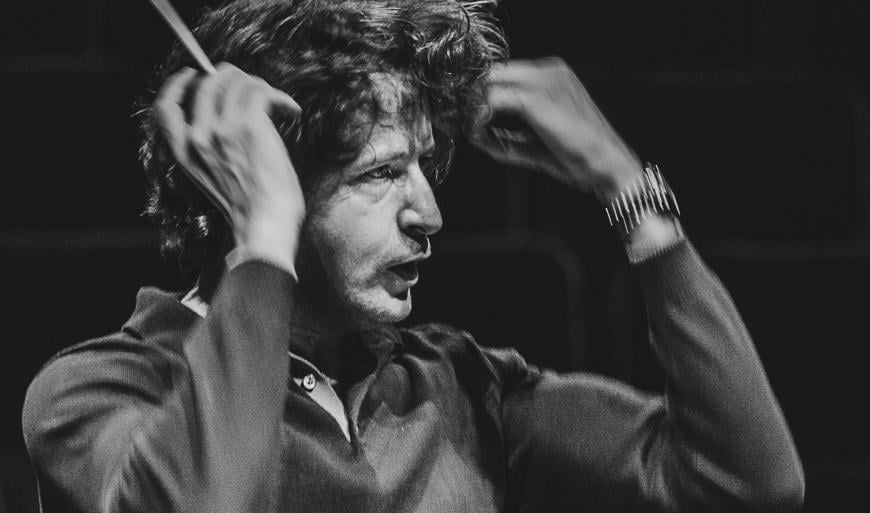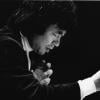
Olivier Messiaen’s Turangalîla-Symphonie, a gigantic 10-movement extravaganza for symphony orchestra, piano, and that strange early electronic instrument, the ondes Martenot, is the most approachable of his works — and in some ways out of character. Here, one of the most devoutly religious major composers of the 20th century makes all kinds of hedonistic, even orgiastic sounds in the name of universal love. He didn’t like jazz, yet some of the splashier harmonies and syncopations in this piece all but suggest its influence.
Leonard Bernstein gave the world premiere in Boston and repeated it in New York in 1949 but never performed it again nor recorded it. (It so happens that certain repeated passages seem to echo a tune in his own ballet Fancy Free, which debuted five years earlier.) Knowing Bernstein’s temperament, that would have been a thriller of a recording. Messiaen’s student Pierre Boulez, otherwise a champion of his teacher, hated the piece, reportedly calling it “brothel music.”

Turangalîla was entirely absent from American record catalogs until December 1967, when the young Seiji Ozawa recorded it with the Toronto Symphony at Messiaen’s suggestion, a smashing, wild, and wooly performance in which the TSO played beyond itself. It was a benchmark in its time, mainly because it was the only recording available in the U.S. for at least the next decade. Yet even after the dam broke and a moderate-sized flood of recordings came out, Ozawa’s still holds its own on RCA’s vividly remastered CD. You can sense the thrill of discovery amid the all-you-need-is-love vibes of the 1960s, which Turangalîla presciently captured in 1949.
Now, 57 years after its first Turangalîla, the TSO has done the piece again for Harmonia Mundi, its first recording under Music Director Gustavo Gimeno. The album came out only four days before Ozawa’s death, on Feb. 6 at the age of 88, which makes this release something of a memorial tribute as well as a state-of-the-orchestra report on what a difference more than half a century has made.
While the Ozawa disc featured Yvonne Loriod (Messiaen’s second wife) on piano and her sister Jeanne on ondes Martenot — up until that time, they were practically the only ones who were performing the piece — Gimeno has the no less formidable Canadian pianist Marc-André Hamelin and ondes Martenot specialist Nathalie Forget. Hamelin is capable of playing just about anything at a top level, and so he does here with this difficult music, rendering it crisply and with panache. Forget’s spooky, swooping work, however, is often buried in the mix.
The TSO sounds like a more accomplished orchestra now, in accordance with the rising technical standards of most orchestras since 1967. Yet the first movement gives away the story of much of the performance — straight-ahead, mostly fast, even routine-sounding in stretches. The most spectacularly brassy (and somewhat kooky) movement of all, “Joie du sang des étoiles” (Joy of the blood of the stars), is superficially rushed on this recording; Ozawa’s take, by contrast, is messier yet far more stimulating. Oddly enough, the remastered sonics on the Ozawa disc have greater impact and breadth than those on the Gimeno production, which sounds a bit distant and washed-out by comparison.
Besides the Ozawa recording, some other go-to choices for Turangalîla are Esa-Pekka Salonen’s razor-sharp rendition with the Philharmonia Orchestra (Sony), Myung-Whun Chung and the Orchestre de l’Opera Bastille (Deutsche Grammophon) — which also had Messiaen’s blessing — and a no less worthy dark horse, Shao-Chia Lü and the Taiwan Philharmonic (NSO Live).




